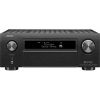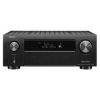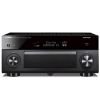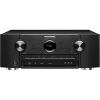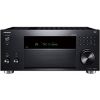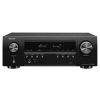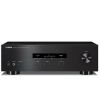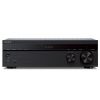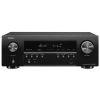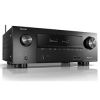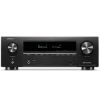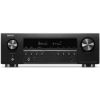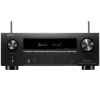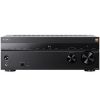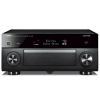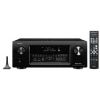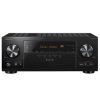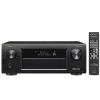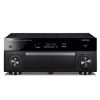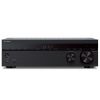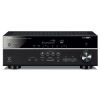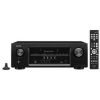| Overall | Amplifier | Audio features | Connectivity | Streaming services | Extensive connection | Multi-room | Additional features | Video features | Multichannel surround | |||
|---|---|---|---|---|---|---|---|---|---|---|---|---|
| Denon AVR-X6700H | 9.8 | 10 | 9 | 10 | 10 | 10 | 10 | 10 | 10 | 10 | See price | 263 |
| Marantz SR8015 | 9.8 | 10 | 9 | 10 | 10 | 10 | 10 | 10 | 10 | 10 | See price | 270 |
| Denon AVR-X8500HA | 9.8 | 10 | 10 | 10 | 10 | 10 | 10 | 10 | 9 | 10 | See price | 301 |
| Denon AVR-X4700H | 9.6 | 9 | 9 | 10 | 10 | 10 | 10 | 10 | 10 | 9 | See price | 264 |
| Denon AVR-X8500HSP | 9.6 | 10 | 10 | 9 | 10 | 10 | 10 | 10 | 9 | 9 | See price | 139 |
| Denon AVR-X4400H | 9.6 | 10 | 10 | 9 | 10 | 10 | 10 | 10 | 9 | 9 | See price | 135 |
| Marantz SR7015 | 9.6 | 9 | 9 | 10 | 10 | 10 | 9 | 10 | 10 | 10 | See price | 271 |
| Marantz SR8012 | 9.5 | 10 | 10 | 8 | 9 | 10 | 10 | 10 | 9 | 10 | See price | 106 |
| Marantz SR7013 | 9.5 | 10 | 10 | 8 | 9 | 10 | 9 | 10 | 10 | 10 | See price | 229 |
| Denon AVR-X8500H | 9.5 | 10 | 10 | 8 | 9 | 10 | 10 | 10 | 9 | 10 | See price | 97 |
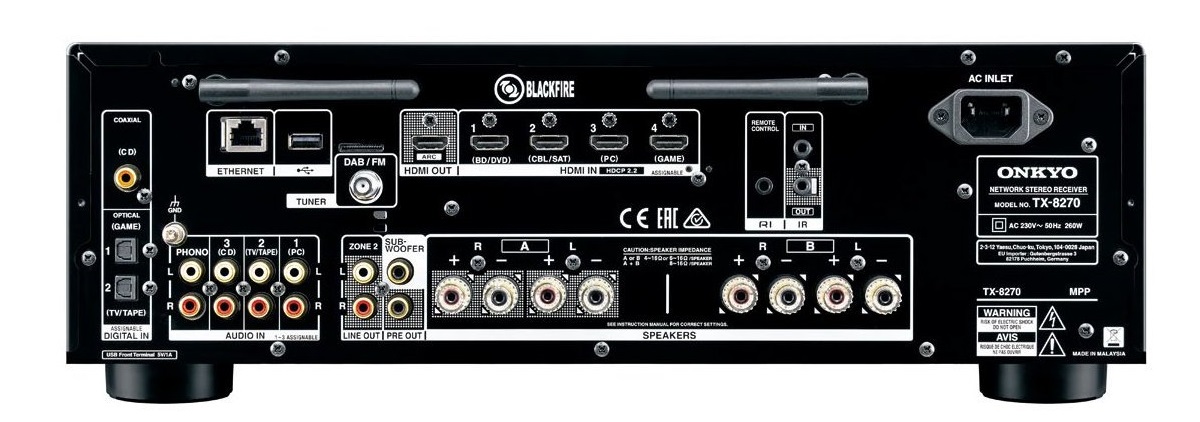
A modern AV receiver is perhaps the most complex component among all that can be part of a home audio-video complex. Equipped with multi-room functions, the AV receiver is capable of delivering sound to where it is needed now. And the multi zone receiver is the device that is necessary to create perfect sound space around your home. On this page, you can compare and choose the best multi zone receiver for yourself among all presented.
What is a multi zone receiver?
Multi zone is a feature in which the AV receiver can signal a second source signal to the speakers or to a separate audio system in another area. The working principle is different from connecting an additional set of speakers and placing them in another area which can be implemented in the best multi room receiver.
The Multi Zone mode allows a multi zone audio receiver to control the same source or a source separate from the one being listened to in the main room, elsewhere. For example, the user can watch a film from Blu-ray disc in the living room, while someone else can listen to music in the kitchen, at the same time. Both these players are controlled by the same av receiver.
How does multi zone audio work?
The user can configure their 7.1 receiver in the 5.1-channel mode for the main room and use two free channels to power the speakers in Zone 2. However, many 7.1-channel devices allow users to use a full 7.1-channel mode for the main room but provide an additional line preamplifier output for powering to Zone 2, which can power an additional set of speakers. This allows users to use the same capabilities of the Multi-Zone but does not require sacrificing the full 7.1-channel mode in the main room in order to benefit from starting the system in Zone 2.
Some High-End home theater receivers can control both Zone 2 and Zone 3, in addition to the main zone. Such receivers provide preamplifier outputs for all additional zones that require separate amplifiers with an additional set of speakers for each zone. However, some models give users the option to use either Zone 2 or Zone 3 using the receiver’s built-in amplifiers. In this type of setup, the user can power Zone 2 with integrated amplifiers of the receiver and the third or fourth zone using a separate amplifier.
What’s the Difference Between a Multi-Channel and a Multi-Zone
The key difference between Multiroom and Multi zone is how it works. In Multi zone mode, the home theater receiver can play audio from only one source, while the Mulitroom mode allows users to stream music from different sources to separate areas.
Accordingly, it is impossible to select different sources in multizone mode. If the radio station is playing in the kitchen, it is not possible to select another radio station, music from a USB flash drive or a server in the bedroom or living room. By default, zones switch to the last selected source. For example, analog sources - a CD player connected by an analog stereo cable, FM-radio, other sources on line inputs - can be combined with each other.
-
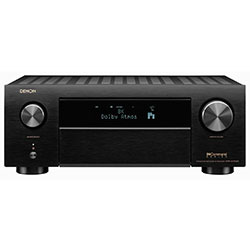
Denon AVR-X4700H
- Denon
- | 1700
- 226
-

Denon AVR-X6700H
- Denon
- | 2500
- 130
-

Denon AVR-X6500H
- Denon
- | 2200
- 117
-

Denon AVR-X4500H
- Denon
- | 1600
- 194
-

Marantz SR6014
- Marantz
- | 1500
- 30
-

Denon AVR-X8500HSP
- Denon
- | 4000
- 6
-

Yamaha AVENTAGE RX-A2080
- Yamaha
- | 1600
- 58
-
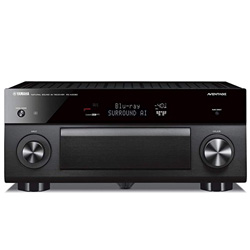
Yamaha AVENTAGE RX-A3080
- Yamaha
- | 2000
- 72
-

Marantz SR8012
- Marantz
- | 3000
- 24
-
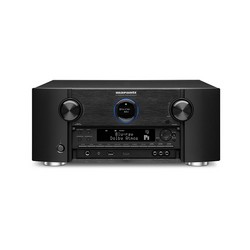
Marantz SR7012
- Marantz
- | 1600
- 60
-
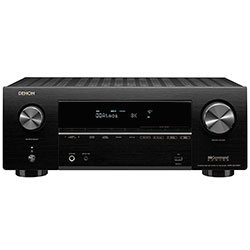
Denon AVR-X2700H
- Denon
- | 900
- 40
-

Denon AVR-X3700H
- Denon
- | 1200
- 250
-

Pioneer Elite SC-LX704
- Pioneer
- | 1800
- 5
-
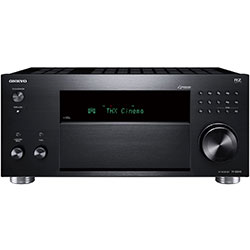
Onkyo TX-RZ840
- Onkyo
- | 1000
- 39
-
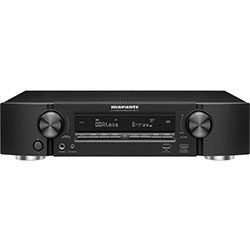
Marantz NR1710
- Marantz
- | 800
- 34
-
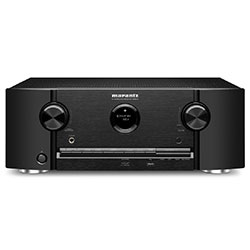
Marantz SR5014
- Marantz
- | 1000
- 22
-
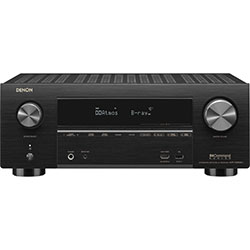
Denon AVR-X3600H
- Denon
- | 1100
- 213
-

Denon AVR-X2600H
- Denon
- | 800
- 123
-

Marantz SR7013
- Marantz
- | 1600
- 10
-
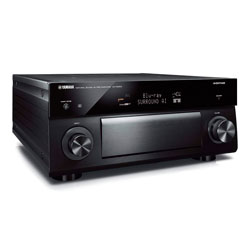
Yamaha CX-A5200
- Yamaha
- | 2700
- 18
-
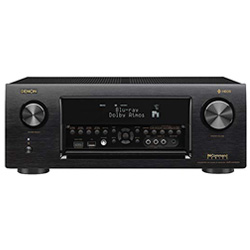
Denon AVR-X4400H
- Denon
- | 1200
- 147
-

Denon AVRX4400H
- Denon
- | 1200
- 147
-
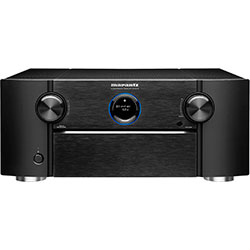
Marantz SR7015
- Marantz
- | 2300
- 4
-
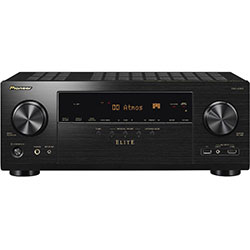
Pioneer Elite VSX-LX304
- Pioneer
- | 800
- 12
-
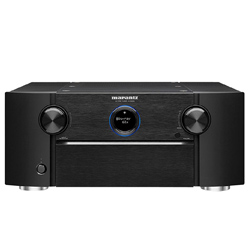
Marantz AV8805
- Marantz
- | 4500
- 10
-

Denon AVR-X8500H
- Denon
- | 4000
- 16
-
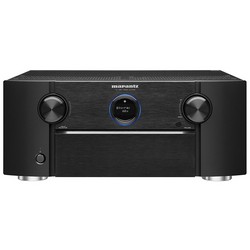
Marantz AV7703
- Marantz
- | 1800
- 28
-
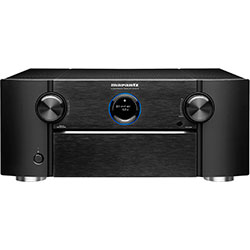
Marantz SR8015
- Marantz
- | 3200
- 3
-

Denon AVR-S970H
- Denon
- | 900
-
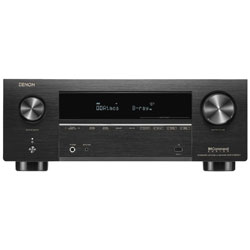
Denon AVR-X3800H
- Denon
- | 1700
-
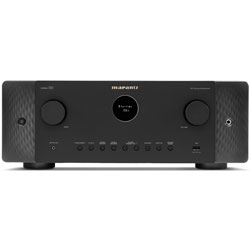
Marantz CINEMA 60
- Marantz
- | 1700
-
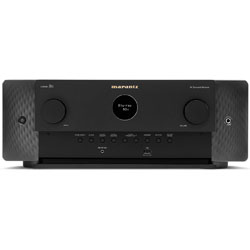
Marantz CINEMA 50
- Marantz
- | 2500
-

Marantz CINEMA 40
- Marantz
- | 3500
-

Onkyo TX-RZ50
- Onkyo
- | 1600
-
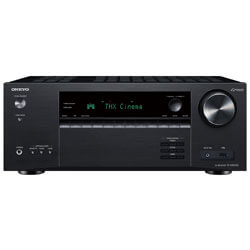
Onkyo TX-NR6100
- Onkyo
- | 800
-

Onkyo TX-NR7100
- Onkyo
- | 1300
-
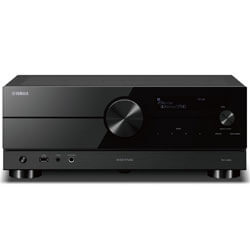
Yamaha RX-A2A
- Yamaha
- | 1000
-

Yamaha RX-A4A
- Yamaha
- | 1300
-

Yamaha RX-A6A
- Yamaha
- | 2300
-

Yamaha RX-A8A
- Yamaha
- | 3000
-

Pioneer Elite VSX-LX105
- Pioneer
- | 900
-
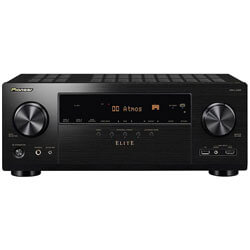
Pioneer Elite VSX-LX305
- Pioneer
- | 1400
-
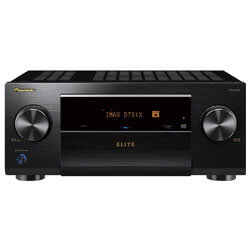
Pioneer Elite VSX-LX505
- Pioneer
- | 1700
-

Marantz SR5015
- Marantz
- | 1500
-
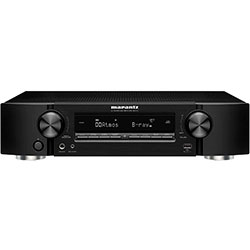
Marantz NR1711
- Marantz
- | 800
-

Marantz SR6015
- Marantz
- | 1600
-
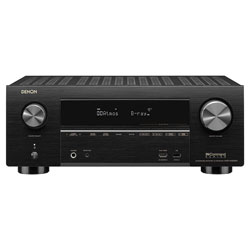
Denon AVR-X3500H
- Denon
- 333
-
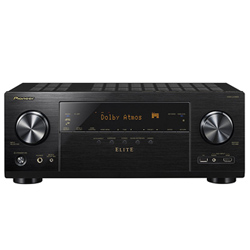
Pioneer VSX-LX303
- Pioneer
- 356
-
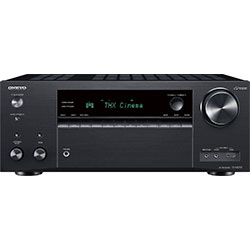
Onkyo TX-NR797
- Onkyo
- 35
-

Yamaha RX-A780
- Yamaha
- 124
-

Yamaha RX-A880
- Yamaha
- 80
-
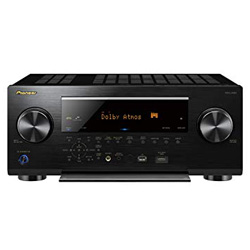
Pioneer VSX-LX503
- Pioneer
- 171
-
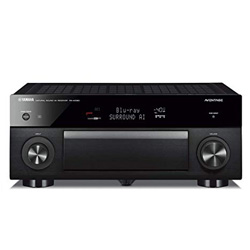
Yamaha AVENTAGE RX-A1080
- Yamaha
- 95
-

Marantz NR1609
- Marantz
- 105
-

Yamaha CX-A5100
- Yamaha
- 23
-

Denon AVR-X6400H
- Denon
- 61
-

Marantz NR1608
- Marantz
- 80
-
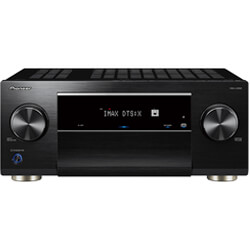
Pioneer VSX-LX505
- Pioneer
-
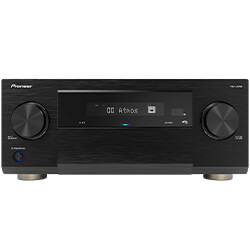
Pioneer VSA-LX805
- Pioneer
-

Onkyo TX-RZ70
- Onkyo
-
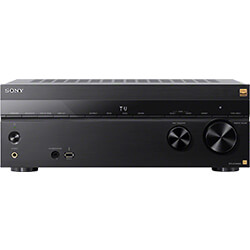
Sony STR-AZ1000ES
- Sony
-
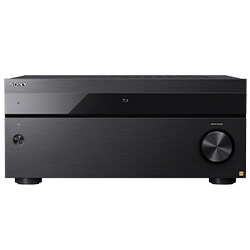
Sony STR-AZ3000ES
- Sony
-
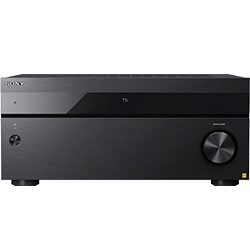
Sony STR-AZ5000ES
- Sony
-

Sony STR-AZ7000ES
- Sony
-

Sony STR-AN1000
- Sony
-
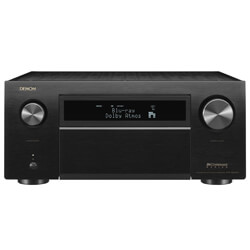
Denon AVR-X8500HA
- Denon
-

Pioneer VSX-LX504
- Pioneer
- 10
-
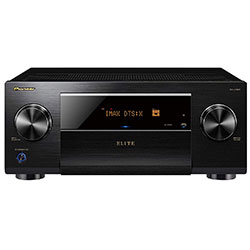
Pioneer Elite SC-LX904
- Pioneer
- 12
-
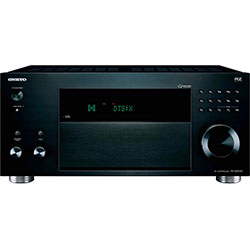
Onkyo PR-RZ5100
- Onkyo
- 14
-

Onkyo TX-RZ740
- Onkyo
- 8
-
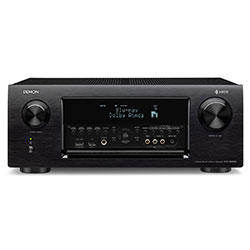
Denon AVRX6300H
- Denon
- 32
-

Onkyo TX-RZ920
- Onkyo
- 26
-

Yamaha RX-A2070
- Yamaha
- 37
-
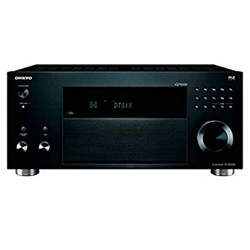
Onkyo TX-RZ3100
- Onkyo
- 20
-
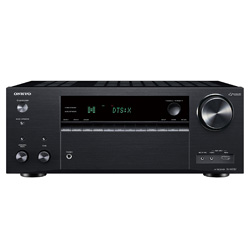
Onkyo TX-NR787
- Onkyo
- 93
-
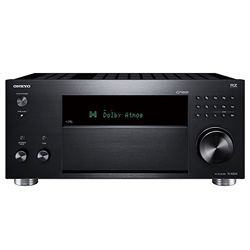
Onkyo TX-RZ830
- Onkyo
- 128
-
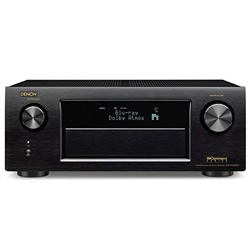
Denon AVR-X4100W
- Denon
- 54
-
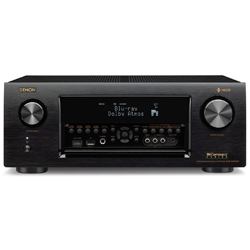
Denon AVRX4300H
- Denon
- 138
-

Pioneer VSX-LX301
- Pioneer
- 97
-

Marantz SR6012
- Marantz
- 34
-
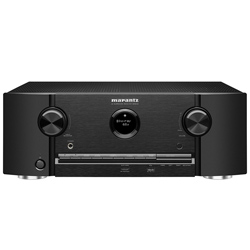
Marantz SR5012
- Marantz
- 48
-
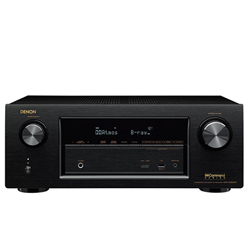
Denon AVR-X3200W
- Denon
- 98
-

Marantz SR7011
- Marantz
- 51
-
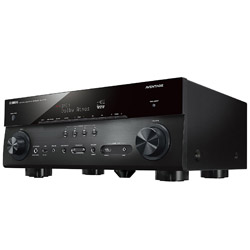
Yamaha RX-A770BL
- Yamaha
- 48
-
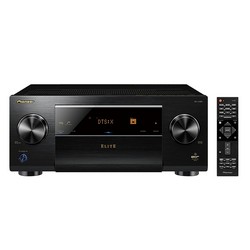
Pioneer SC-LX901
- Pioneer
- 90
-
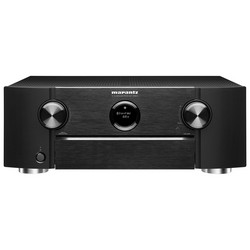
Marantz SR6011
- Marantz
- 28
-
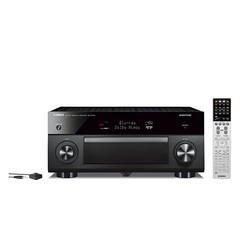
Yamaha RX-A3070BL
- Yamaha
- 53
-

Pioneer SC-LX801
- Pioneer
- 110
Popular receiver comparisons
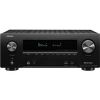
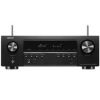

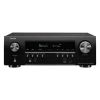
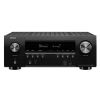
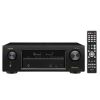
Recent reviews

